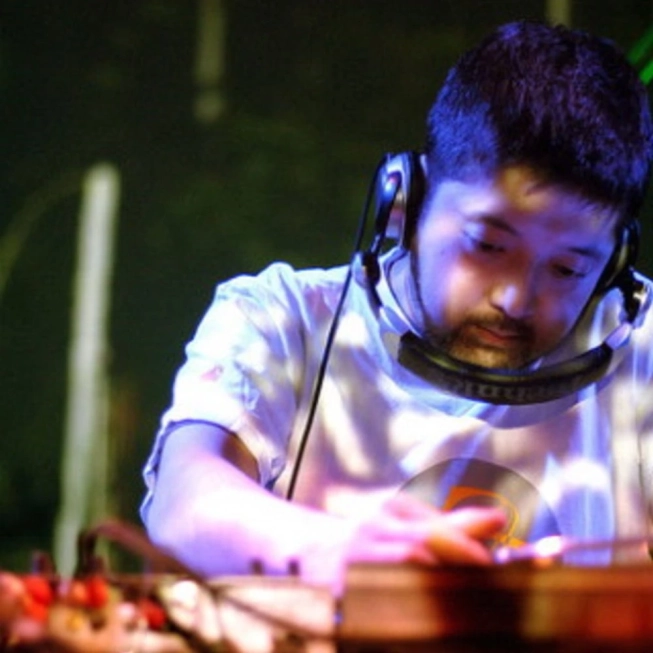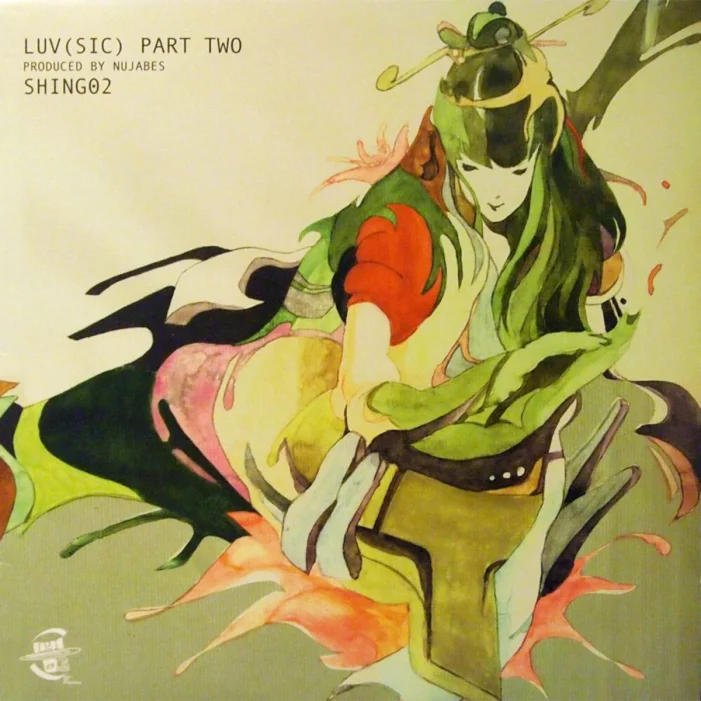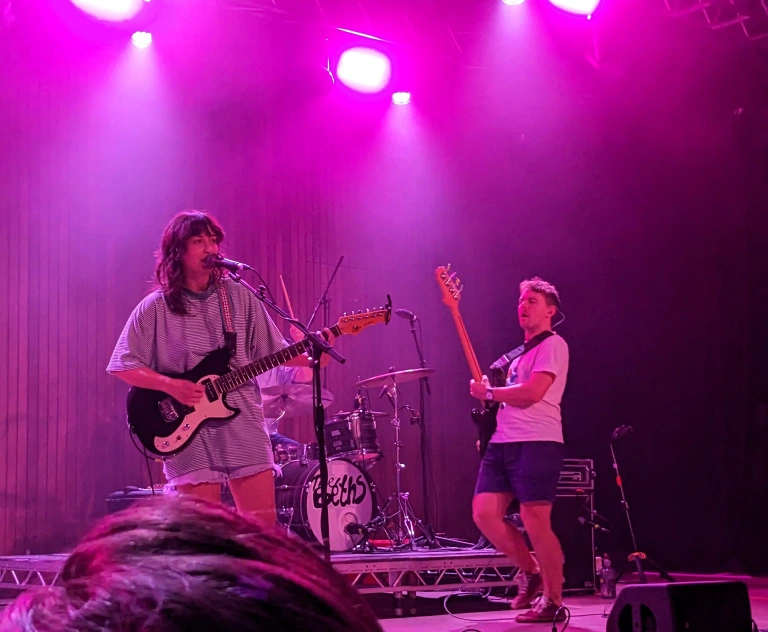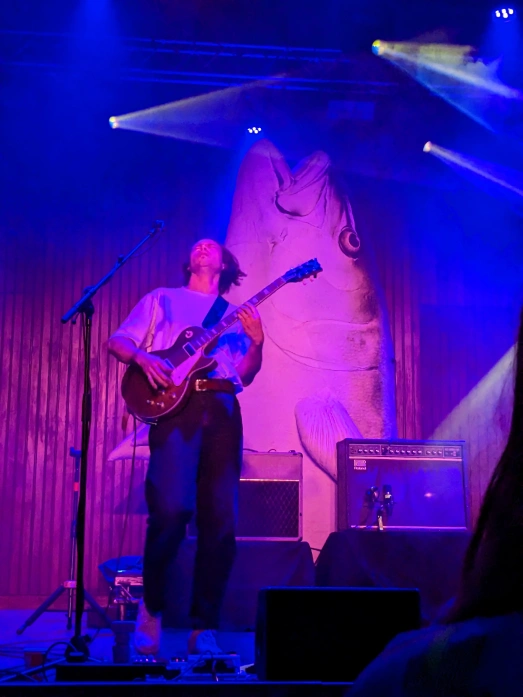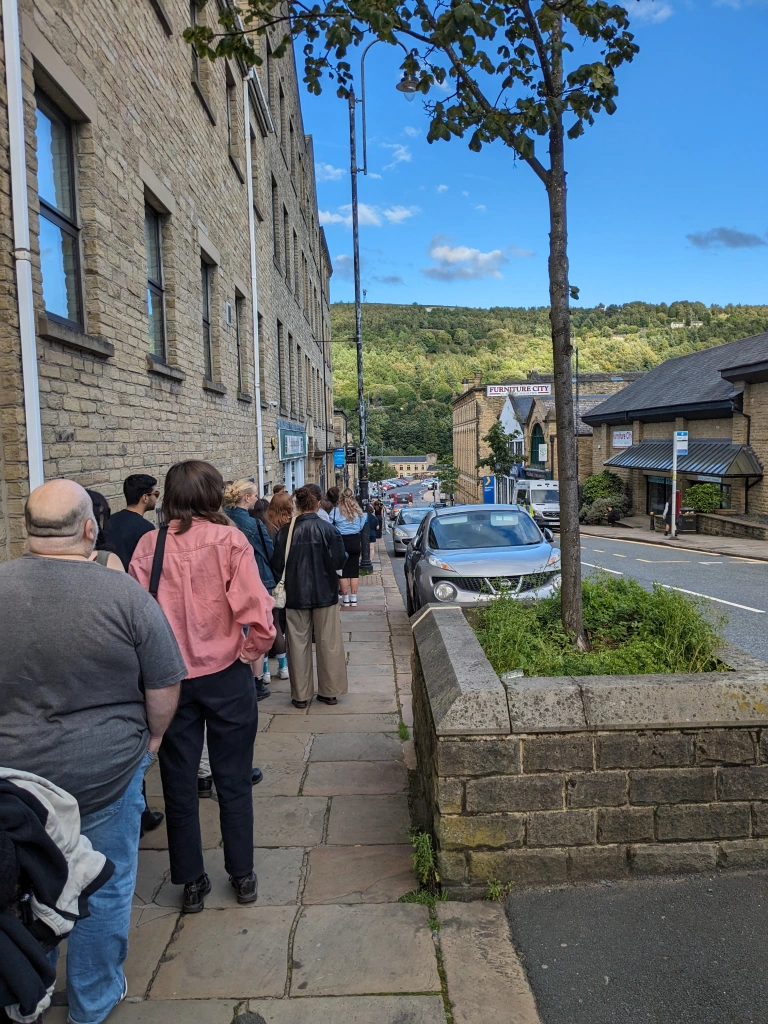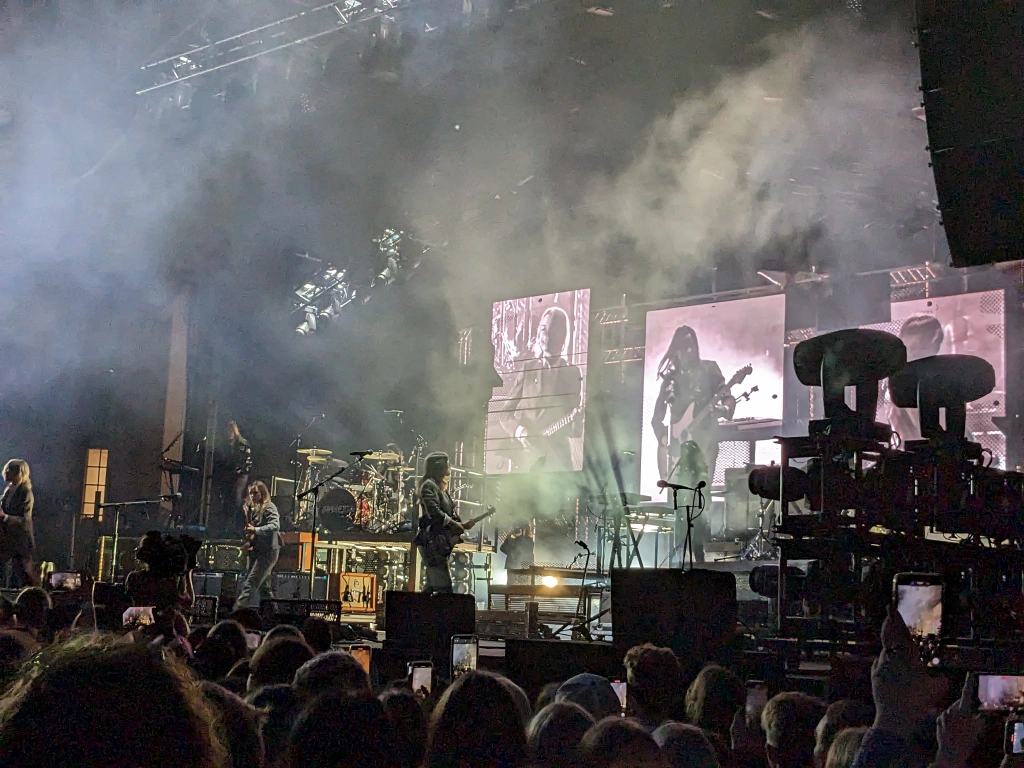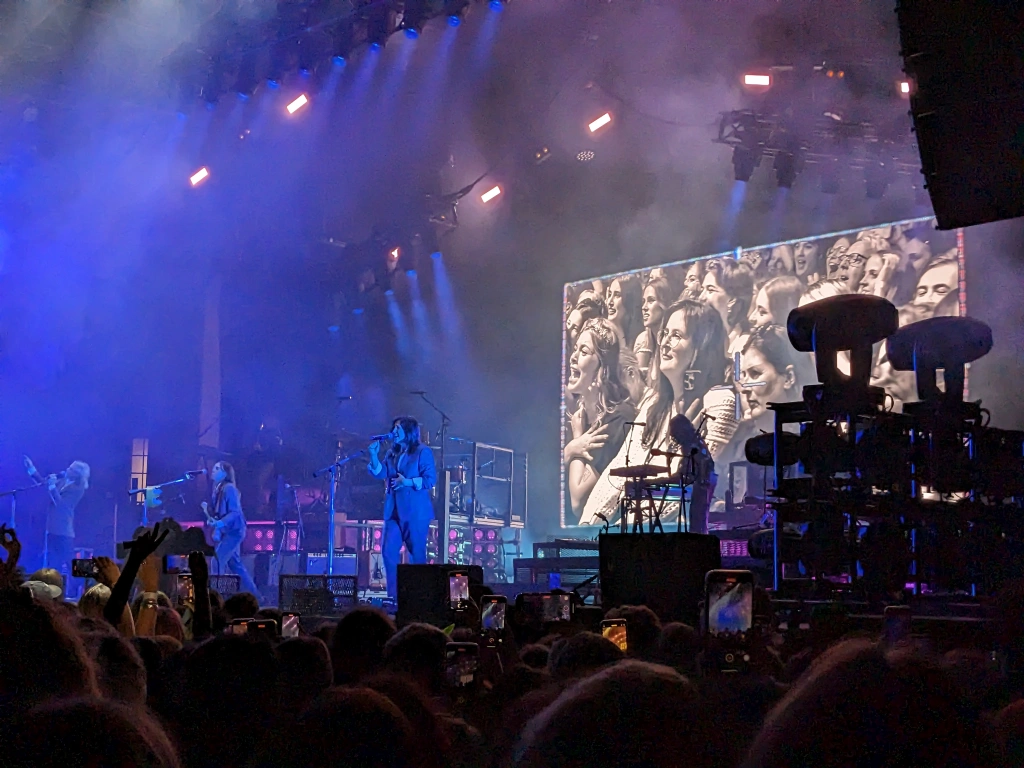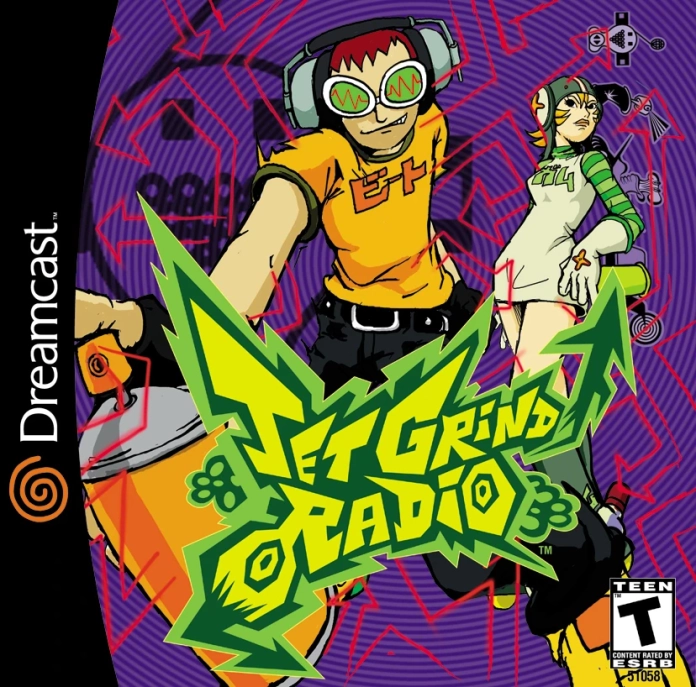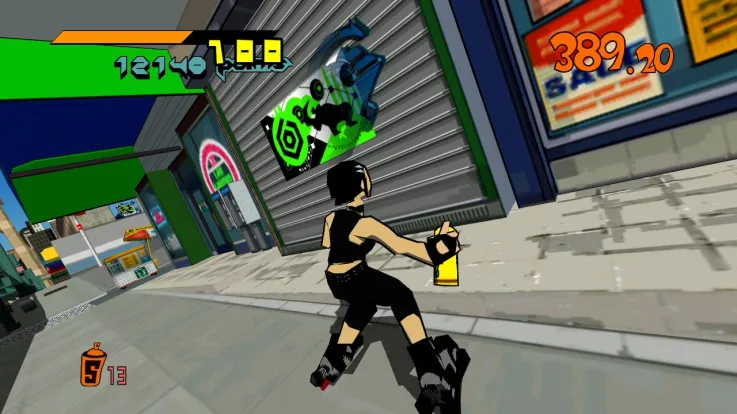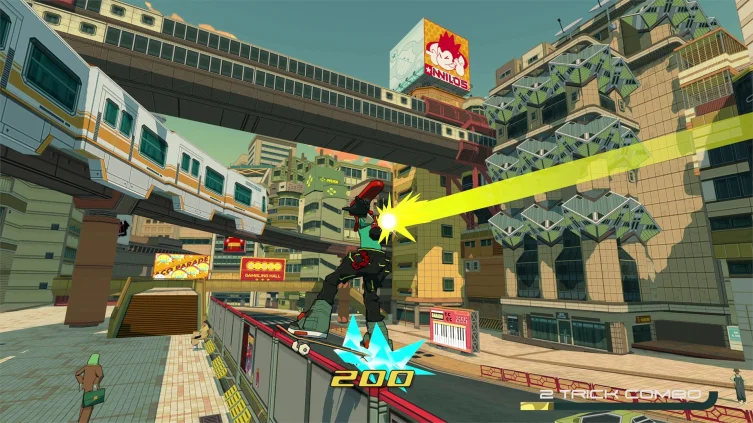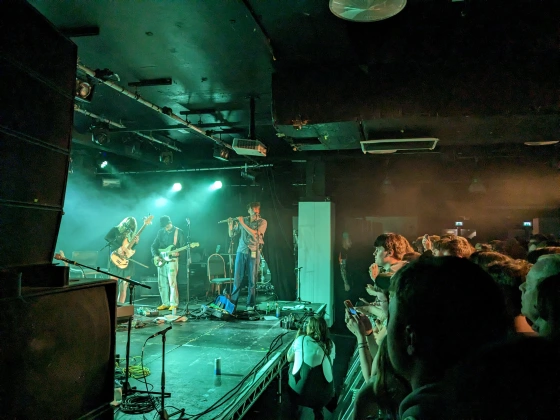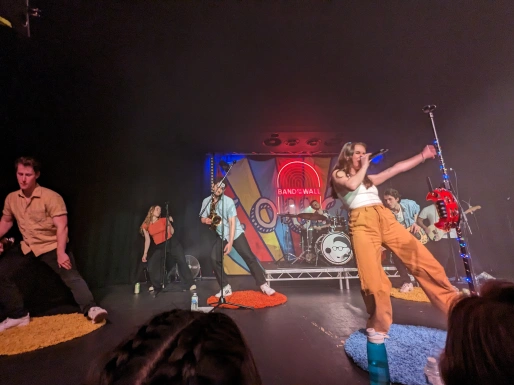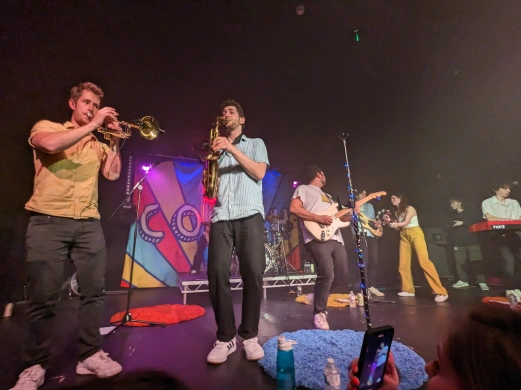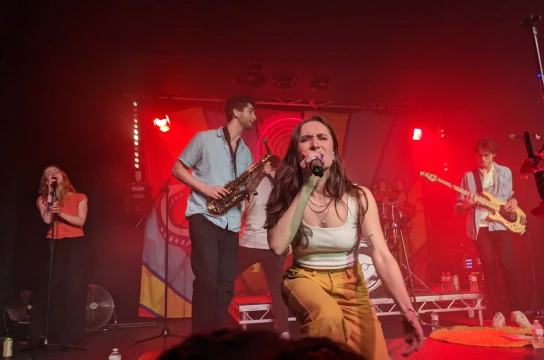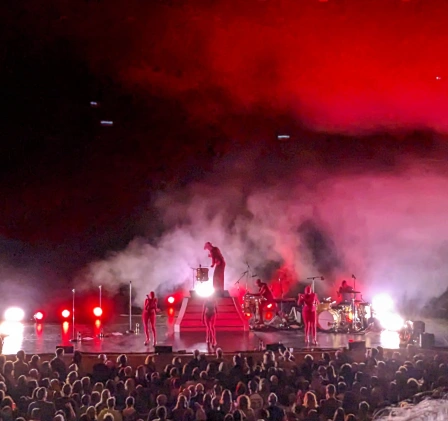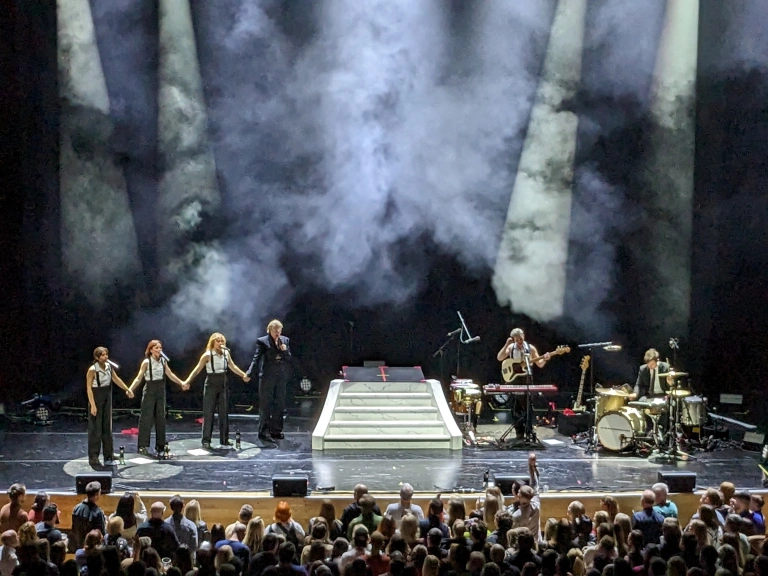Challenging and ambitious, Emma Rawicz’s polymorphous jazz sought to tread new ground on a yearly return to the Brudenell. Epic solos and an extraordinary closing number had the audience baying for more, not least because her 90-minute set contained just six songs.
“Proper” jazz music – that is, music that isn’t strictly rehearsed, with the length of each section negotiated on the fly via nods and gestures between bandmates – brings with it two big risks when it comes to live performances. The first, and most obvious, is that it all unravels in miscommunication, perhaps with a disagreement about who should solo first or which chord they should be playing. In practice, however, a good ear and a knack for fast thinking in resolving any musical disagreements in an instant is a minimum requirement for any professional jazz musician. Less talked about, but far more common, are the perils of an open solo. Picture the scene: you’re a few minutes into a tune in front of a few hundred patrons of Brudenell Social Club. Emma Rawicz – a much talked-about bright spark in UK jazz – wraps up a final saxophone lick and turns to give you a knowing nod, and suddenly all eyes are on you to come up with something to play. For once you have the spotlight; you step to the front of the stage and revel in the complete creative freedom of being able to play more or less anything, for as long as you like. After a while you consider relinquishing to the patient pianist looking your way in the corner, but there’s still a particularly clever tangle of notes left in your fingers that you’re desperate to get out with one more repeat of the chords. A two minute solo becomes a five minute solo (a very different prospect), and before you know it there are audience members heading for a loo break and Emma seems to glare at you as she shoulders her way back into the song. Of course, it’s hard to play a harmonically interesting, technically impressive solo for five minutes straight, but it’s even harder to play for just one.
It was consequently a pleasant surprise to have seats for Emma Rawicz, owing Brudenell’s secondary venue a far more relaxed atmosphere compared to the last time I was there, not knowing my luck to see Parcels as my first ever gig back in 2018. It was a shrewd move from the organisers too – with currently only one album to her name, last year’s strong but underappreciated Incantation – 21-year-old Rawicz has only just joined her first record label, and the Brudenell would have felt underwhelmingly half-empty if it weren’t for all the tables and chairs. She did at least have the gravitas to warrant a dedicated introduction over the PA system from the sound guy at the back, in an endearing first for an Undertone gig.

A first half of entirely unreleased music started slowly. Patience-testing opening number Rangwali was carefully assembled like a sort of free jazz jigsaw, and a tedious one at that. A lopsided shuffle seemed to be implied by the drummer, but the grooves were too fickle, the chordless interlocking melodies too nebulous to give the unfamiliar listener any chance of finding solid ground in all the shifting textures. An assured piano intro into the second track promised more, but still the melodies remained frustratingly slippery and the solos overly tangential, eventually wheeling back to an apologetically short head thrown in at the end seemingly because Rawicz felt obliged to repeat the ‘hook’ at least once.
Nonetheless, it was engagingly daring opening 45 minutes, the highlights being Rawicz’s dazzling solos. Launching up and down the octaves – embracing every nook and cranny of the tenor saxophone’s magnificent range – Rawicz sounded more than capable of carving out her own niche in the contemporary saxophone world, her preferred style nimbler than Nubya Garcia and more delicate than Shabaka Hutchings. Seasoned touring guitarist Ant Law’s solos meanwhile contained the grandest narrative arcs. At one point he apparently tried to pull a string right off his instrument, the resulting clang prompting audible shock from the crowd. Asaf Sirkis’s brainy drum solos, on the other hand, were neither restrained enough to sound succinct and sharp nor wild enough to impress on technique alone.
At one point a sudden cloud of stage smoke appeared to quite feasibly rise from Rawicz’s restless fingers.
After just three songs of intensive jazz exposure, an interval came with all the relief of finding shelter from the gusts on a windy day. I caught my companions Thomas and Rob checking the time a little nervously: it was 10 p.m., and all signs pointed to at least an 11 p.m. finish before a somewhat gruelling three-leg journey home. At least Rawicz seemed full of beans, spending the entire break personally selling CDs and chatting with fans, only hopping backstage to grab her sax in time for the second act.
The second half was much the better of the two. Voodoo, at last a familiar song at least to me (and sadly the only inclusion from Incantation for this gig) got things underway with punchy guitar chords, a nippy bass-and-piano riff and a taut melody delivered with impressive synchronicity by Rawicz and Law. Rawicz’s solo was even fiercer than usual and at one point a sudden cloud of stage smoke appeared to quite plausibly rise from her restless fingers. Nerdy rhythmic trickery behind the guitar solo triggered knowing smiles between those in attendance swatted up on the concept of metric modulation, but was an otherwise unnecessary distraction. By contrast, Sirkis’ explosive closing drum solo was less thinking and more thrashing, and the result was thrilling. He almost fell off his stool by the end of it.
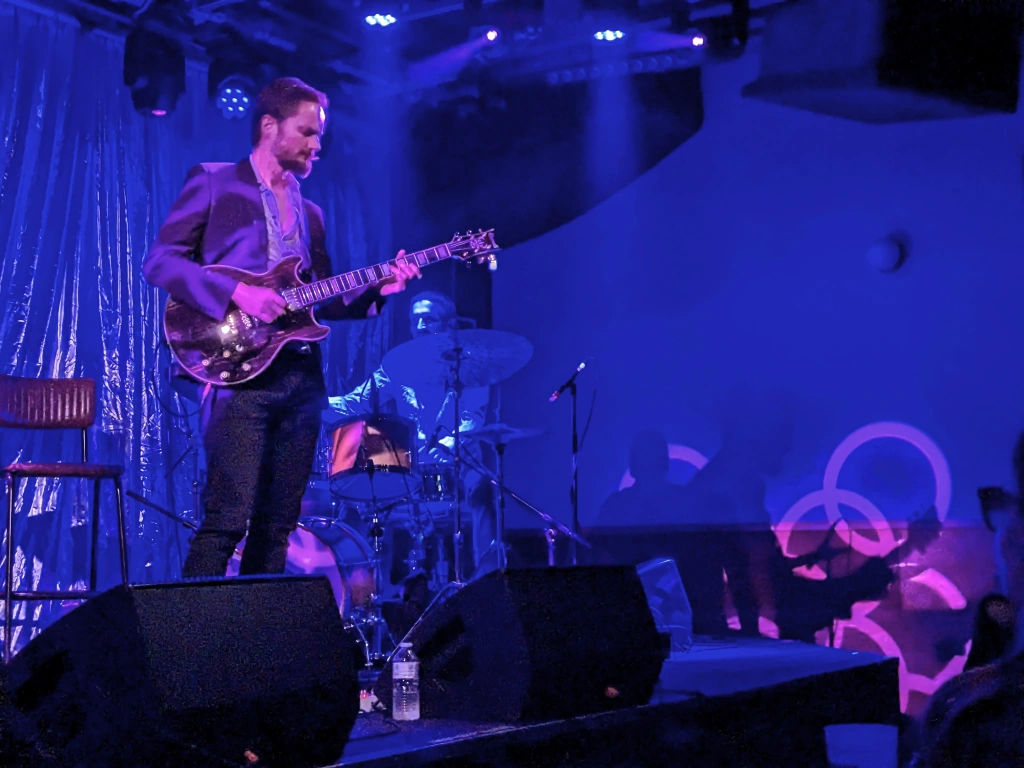
Middle Ground happened to be released on the very same night of Rawicz’s performance at the Brudenell and provided a much needed element of calm and meditation to the night’s proceedings. The chord progression was stunning, and Rawicz’s contemplative, beautifully drawn out melodies were as breathtaking to hear as they must have been to play. The accompaniment was unflashy – Law provided a smattering of fade-in guitar chords, bassist Conor Chaplin produced a woody rumble at the back – but the result was a gorgeous concoction of sound. Ivo Neame, this evening’s pianist and still a professor at Rawicz’s not-so-old haunt of Chetham’s School in Manchester, also gave one of the performances of the night. His sophisticated, kaleidoscopic solo had Rawicz shaking her head in blissful disbelief, before a rousing and unusually catchy closing refrain.
I felt a tingle of excitement as Conor Chaplin played the opening bars of Phlox, the sixth and final song of the night and Rawicz’s recent single which I had been eager to hear live. It features the meatiest, most rhythmically engrossing riff I’ve heard all year, served up with the unassailable momentum of a heavy metal showstopper. Rawicz’s furious, high-octane solo was a whirlwind of honks and screeches before Neame’s intricate and eventually clamorous bluesy riffs and immense chordal runs. The finale found Sirkis at last in his element, causing utter havoc on the skins as that angular riff continued to gain momentum. At the Brudenell it felt like the first track of the night with a palpable sense of purpose and urgency and, at least until her sophomore album is released, Phlox is the clear standout song of Rawicz’s career thus far.
Phlox featured the meatiest riff I’ve heard all year, served up with the unassailable momentum of a heavy metal showstopper.
Groans of “more!” came seconds after Sirkis’ last triumphant strike of the cymbals and were so persistent that the MC at the back had to grab his microphone and mumble something about the 11 p.m. live music curfew to get everyone to calm down. Part of the appeals for more must have surely stemmed from the fact Rawicz had played just six songs, leaving plenty of solid material from the first album unaired. “We prepped twelve, we’ve got more!” she was eager to tell us at the end, mentioning that they’d all had “too much fun,” but perhaps wishing there had been at least some songs that weighed in at less than 15 minutes a piece.
It wasn’t just the length that made this a gig suited to the hardcore jazzheads only. This rendition was far wilder, stranger and more polymorphous than the manageable, if occasionally unoriginal fusion cuts from Rawicz’s debut. Rarely did grooves settle into a recognisable form, and determining a time signature invariably required a diploma in jazz musicianship; in other words, attempting to dance along or even bob your head to this music is an exercise in confusion. It’s tempting to scold Rawicz for leaving behind the familiar, accessible world of funk-informed fusion music, but these bold steps forward into the unknown are exactly what jazz thrives on, even if not all of the experiments are going to land. Indeed, the fusion side of Rawicz’s sound could become something very lucrative – Snarky Puppy have filled the Royal Albert Hall on songs with the same DNA as Rawicz’s Wishbone or Incantation – but it takes genuine guts to unleash a set as challenging as this one. The mainstream, even in jazz terms, remains some way away from Rawicz, but her ample creativity and individualism looks set to thrive as a result. All she and her colleagues have left to do is play a bit less.

